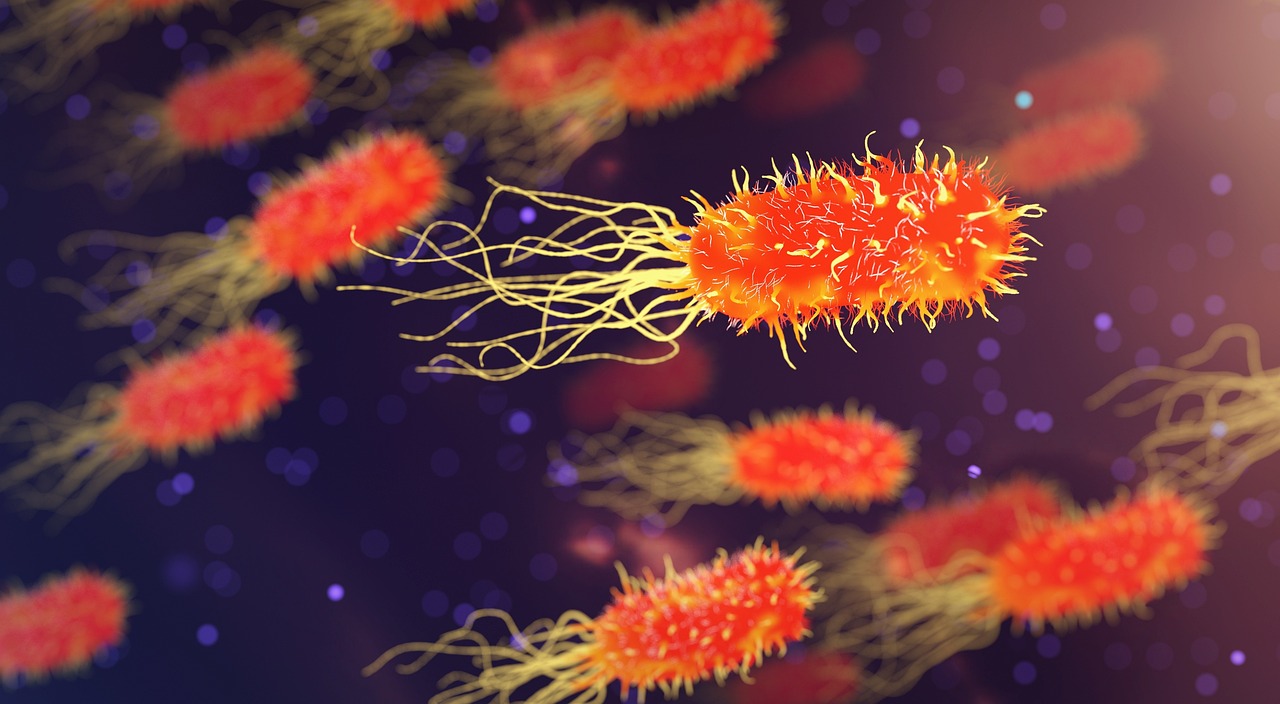What if the future of antibiotics lies beneath the Arctic ice?
Published by Cédric,
Article author: Cédric DEPOND
Source: Frontiers in Microbiology
Other Languages: FR, DE, ES, PT
Article author: Cédric DEPOND
Source: Frontiers in Microbiology
Other Languages: FR, DE, ES, PT
Follow us on Google News (click on ☆)
Researchers have delved into the icy depths to find a solution to this global crisis. It is within Arctic microbes that they have discovered potential new treatments.

Illustration image by Pixabay
Actinobacteria, present in soils and oceans, are the source of many antibiotics. These bacteria have the ability to produce complex molecules capable of fighting pathogens. While soils have been extensively studied, there remain unexplored habitats, especially in polar seas.
The team from the University of Helsinki, led by Dr. Päivi Tammela, has recently highlighted two new molecules from actinobacteria found in the Arctic Ocean. These compounds have shown strong activity against the virulence of E. coli, a bacterium responsible for severe infant diarrhea.
These molecules, identified under the codes T091-5 and T160-2, prevent the E. coli bacteria from attaching to human intestinal cells, thus blocking its infectious process. In particular, T091-5 inhibits the formation of cellular structures essential for E. coli adhesion, without slowing its growth, which reduces the risk of resistance development.
Chemical analysis of T091-5 reveals that it is likely a phospholipid, a class of molecules important for cellular metabolism. This discovery could represent a significant breakthrough in developing safer and more effective antibiotics.
However, further research is necessary to confirm the potential of these molecules. This includes optimizing culturing conditions and thoroughly analyzing their structure and bioactivity. The road is still long, but the initial findings are promising.
The Arctic Ocean may not have revealed all its secrets. What if its icy depths hold the keys to the next generation of antibiotics?
What is bacterial virulence and why reduce it?
Virulence refers to a bacterium's ability to cause disease. It relies on mechanisms that allow the bacteria to attach to host cells, invade them, or produce toxins. Reducing this virulence, rather than directly killing the bacterium, can limit the severity of infections while preventing resistance development.
Unlike traditional antibiotics that target bacterial growth, antivirulence compounds disable key processes used by bacteria to cause diseases. These compounds leave bacteria alive but harmless, reducing evolutionary pressure and limiting the emergence of resistant strains.